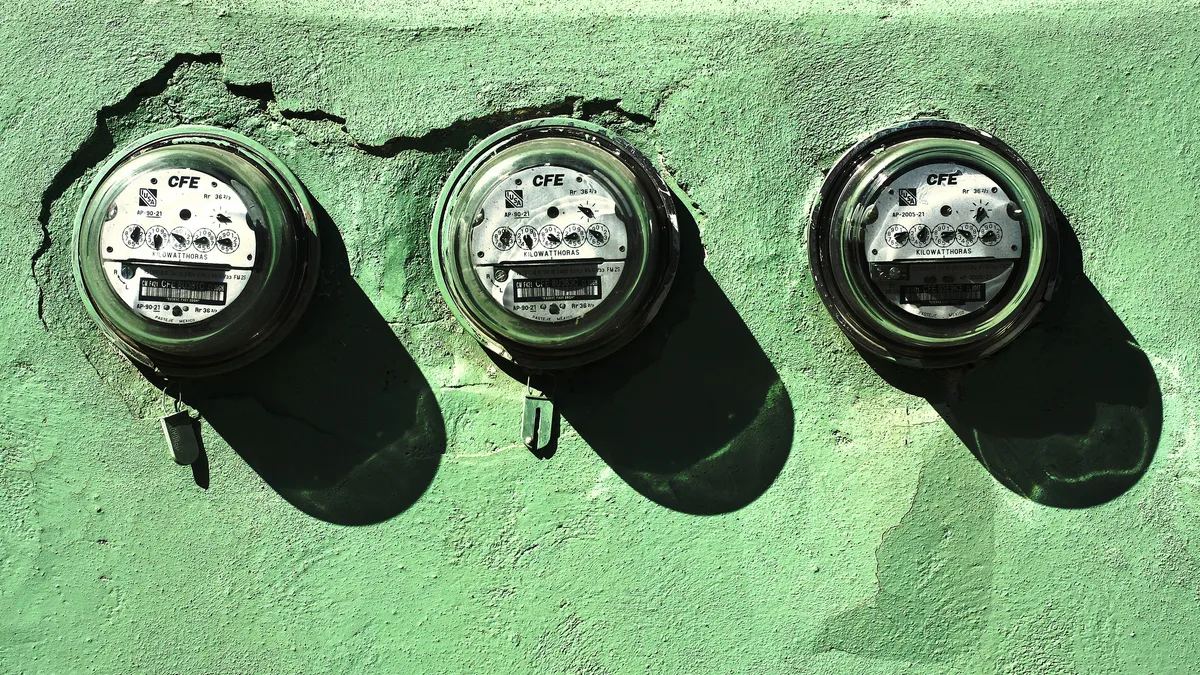Whatever your take on environmental policy and climate change, energy efficiency has generally been neutral territory. So in a world where many are searching for common ground, why is efficiency losing out?
According to a new International Energy Agency (IEA) report, improvements in efficiency by 2040 could allow the world to double the value of the energy it uses today.
But digging into the report, advocacy groups find the rate of improvement is slowing. The American Council for an Energy-Efficient Economy points out global energy intensity fell by 2.5% in 2011, but the rate of improvement slowed to 1.7% in 2017 — and absent gains in China, the decline could have been worse.
What is happening? The answer, say experts, is a difficulty in funding energy efficiency. Projects like building retrofits can be expensive, and they take time to pay back.
Energy oddball
Efficiency and demand management strategies are oddballs in the energy space, with their ability to provide value and help manage the grid by reducing demand. In some markets, we now pay the same amount to companies to reduce electricity demand as we do to those who supply it. But at the same time, we know demand cannot be reduced to zero.
As smart meters proliferate and the industry can accurately measure demand and reductions, system efficiency will look very different, Brenda Chew, an analyst at the Smart Electric Power Alliance (SEPA), told Utility Dive.
"It's hard to talk about demand response without getting into it in a more existential sense," said Chew. "There is a big shift in movement."
A range of demand-side management techniques are being enabled by advanced metering, she said, meaning the resources are "growing with new capabilities."
But as systems become more efficient, the rate of improvement is slowing. The 1.7% drop in global energy intensity in 2017 was the smallest annual improvement of the decade, IEA concluded.
"Recent trends show that policy efforts have weakened in recent years," the agency said. "Improvements in energy efficiency that were seen in recent years are now slowing down as fewer new standards and policies were introduced in the past two years. This has contributed to the acceleration in energy demand growth that was observed in 2017."
Reversing efficiency declines
There are many policies that could help to reverse the trend, but almost universally, efficiency experts say financing is a key. It's simply difficult to fund because the paybacks are gradual and require large up-front investment.
There is a big push right now to find new ways to pay for efficiency upgrades and to make them profitable. "We need innovation in financing," said Angela Ferrante, chief marketing officer of Sparkfund, a company that provides efficiency solutions as a subscription service.
The IEA report points to green banks and green bonds as one solution, but Ferrante said the need goes beyond that, into the development of new business models that include "integrating funding in smart, new, creative ways to transform the customer experience for consuming new energy technologies."
The IEA report is written around an "Efficient World Scenario" designed to illustrate what would result if "all available energy efficiency measures were implemented between now and 2040." The agency concluded there would be lower emissions two decades from now, despite the global economy doubling in size.
If the measures are implemented, greenhouse gas emissions could peak in 2020 and then begin to fall, IEA concluded. But the report also says new financing mechanisms are "vital to delivering the investment opportunity" in efficiency.
Innovations in efficiency financing
"Lack of capital is not the problem," said Matt Golden, CEO of Open EE.
Right now, according to Golden, there is plenty of money available for efficiency upgrades. But current improvements are being financed with consumer credit, which he says is the worst method due to higher interest rates and a lack of scale.
The IEA report backs that up, noting "most energy efficiency investments continue to be self-financed, for example through homeowners' personal savings or companies' own balance sheets. These types of finance are unlikely to deliver the required investment growth on their own."
Open EE is focused on open access methods of valuing efficiency, and Golden is adamant that with a better understanding of efficiency results "we can now finance the cash flow through real project finance."
What that means is energy efficiency is an infrastructure investment, he said, "in the same way we would finance a solar farm."
"There are already a lot of finance options out, and lack of capital is not the problem," said Golden. "More innovation is needed for both project finance ... and for consumer financing."
Doubling efficiency investment
Despite advances in energy efficiency, IEA's report concludes global energy use has grown by about one-third in the last two decades. However absent efficiency, that increase would have been 50% higher. The report calls for a doubling of global annual investment in energy efficiency through 2025 — and then another doubling between 2025 and 2040.
To address funding issues, IEA's report says policies are needed that support alternative finance mechanisms and business models, from energy service companies to green banks and bonds. The report also notes these mechanisms are growing, with the ESCO market increasing by 8% to nearly $29 billion in 2017 and green bonds issued primarily for energy efficiency tripling.
Steve Nadal, executive director of ACEEE, called these "reasonable steps," and in line with the group's thinking.
"The IEA report shows that the world is not getting the savings it needs from energy efficiency to develop economies and reduce climate change," Nadal wrote in a blog post. "While energy efficiency has contributed a lot, far more investment and policy support are needed for a sustainable future."























